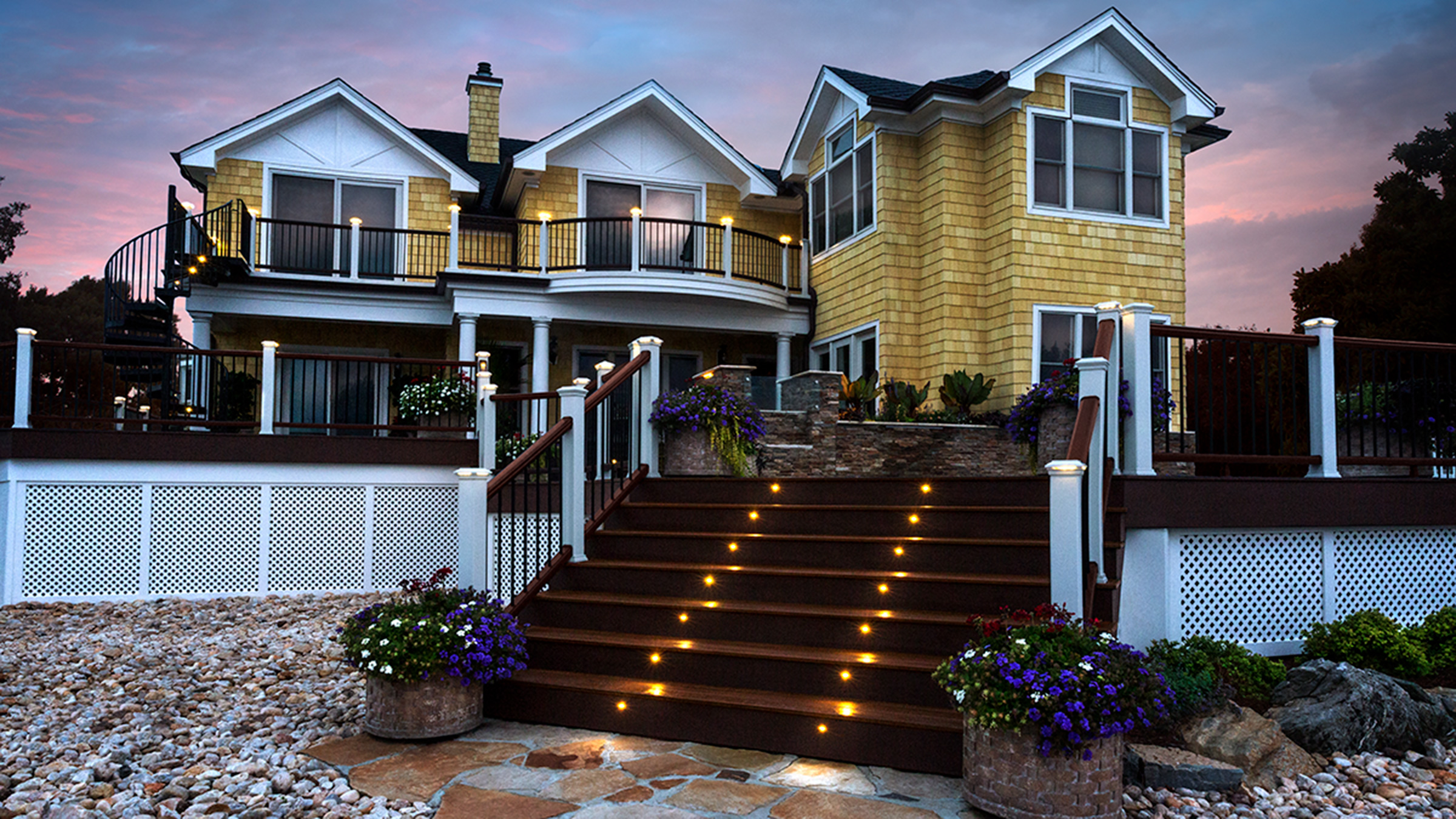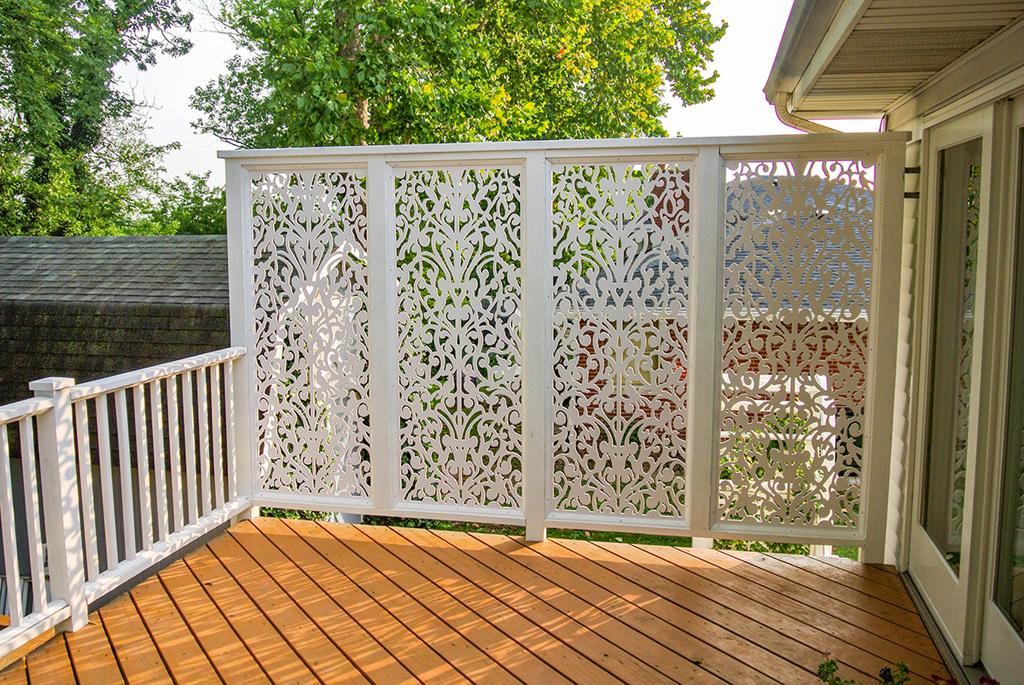Home Depot Lattice Panels Could Be Your Most Expensive Bargain
Lattice panels are steadily becoming a popular choice amongst home owners when renovating their outdoor spaces. If you’re one of those homeowners thinking of improving the privacy and look of your outdoor space, then you may have checked out some big box stores, for this post we’ll use Home Depot as our example.
When shopping for Home Depot lattice panels, the price tags can be incredibly tempting. These budget-friendly lattice panels often cost less than half of what premium panels do, making them an attractive choice for cost-conscious homeowners. However, this initial saving often comes with significant hidden costs that emerge over time. From warping and yellowing to complete structural failure, what starts as an economical backyard project can quickly transform into an ongoing maintenance challenge.
This guide will expose the true costs of cheap Home Depot lattice panels, provide insights on what to look for when making your purchase, and offer practical solutions for both new installations and existing problem areas.

Understanding Quality Differences
The distinction between premium lattice panels and bulk panels from big box stores extends far beyond the price point. Many Home Depot lattice panels are manufactured with the cheap materials like thin vinyl, while economical, vinyl is a material that cannot stand up to the suns UV rays it becomes increasingly brittle in a short period of time. Premium materials like cPVC and aluminum are more expensive upfront, but provide a lasting integrity and resistance to various environmental stresses.
The construction of premium panels have been designed specifically for long-term outdoor exposure and should be installed with premium hardware. In contrast, mounting hardware advertised for use with Home Depot lattice panels is frequently made from lower-grade materials that can rust or fail under normal weather conditions. These deficiencies often become apparent within the first year of installation.
Cost Analysis: Beyond the Price Tag
Understanding the true cost requires looking beyond the initial purchase price of Home Depot lattice panels. A comprehensive cost analysis should include the initial purchase price, required installation hardware and supplies, any professional installation fees, ongoing maintenance costs, and the expected frequency of replacement.
For a typical 20-foot privacy screen installation, Home Depot lattice panels might initially cost around $300 including basic hardware. However, when these panels begin to fail – often within the first two years – replacement becomes necessary. Factoring in the cost of new hardware and replacement panels plus installation time/cost, and you’re looking at additional expenses every few years. Premium alternatives to Home Depot lattice panels, while requiring a higher upfront investment, often come with extensive warranties and require minimal maintenance beyond basic cleaning.
Smart Shopping Strategies
Making an informed purchase decision requires thorough research and planning. Begin by carefully reviewing manufacturer warranties, paying special attention to what’s covered and for how long. Request material samples whenever possible to compare construction and overall product quality. Before finalizing your purchase, verify that the mounting hardware you’re preparing to use is compatible with your specific installation needs and climate conditions, such as using marine grade stainless steel fasteners when living near an ocean.
Take time to calculate your total project requirements accurately, including extra material for cuts and potential mistakes. Many people find themselves making multiple trips to the store because they underestimated their needs or didn’t account for waste during installation. If you’re not confident in your DIY abilities, factor in the cost of professional installation or look for panels that are easy to install– proper installation can significantly extend the life of even budget panels.
Making the Right Choice
Before purchasing lattice panels, consider these key factors that affect long-term performance. While the initial cost savings of Home Depot lattice panels may seem attractive, the total cost of ownership often exceeds that of premium alternatives. Understanding the limitations and requirements of big box lattice panels helps make an informed decision that aligns with your budget and expectations.

Maintenance and Care
A proactive maintenance approach can significantly extend the life of premium lattice panels. Develop a regular cleaning routine that addresses both surface dirt and any developing issues like mold or mildew. Perform thorough inspections in spring and fall to identify any loose fasteners, warping, or damage that needs attention.
Learn to recognize early signs of problems so you can address them before they become major issues. Keep detailed records of any repairs or maintenance performed, including dates and specific actions taken. This documentation can be valuable for warranty claims and helps track the overall performance of your installation over time.
Practical Solutions for Common Problems
When facing issues with existing lattice installations, several approaches can help extend their useful life. For panels showing signs of UV damage, applying a high-quality protectant from a reputable manufacturer like Krylon can slow further deterioration. Sagging panels can often be reinforced with additional support posts or horizontal bracing. Replace any corroded or failing fasteners with stainless steel alternatives rated for outdoor use.
In cases where individual sections have failed, replacement with higher-quality materials might be more cost-effective than continuing to try and repair deteriorating budget panels. Document any modifications or repairs with photographs, which can be helpful for future maintenance or if warranty issues arise.
Beyond the Big Box: Making a Lattice Panel Investment That Lasts
The decision to invest in lattice panels often requires careful consideration of long-term costs versus initial savings. While budget options from big box stores may seem attractive initially, their shorter lifespan and higher maintenance requirements often result in greater expense over time. By understanding the importance of quality materials, proper installation techniques, and regular maintenance, homeowners can make informed decisions that lead to lasting satisfaction with their outdoor projects. Whether choosing new panels or maintaining existing installations, focusing on quality and proper care will ultimately provide the best return on investment.